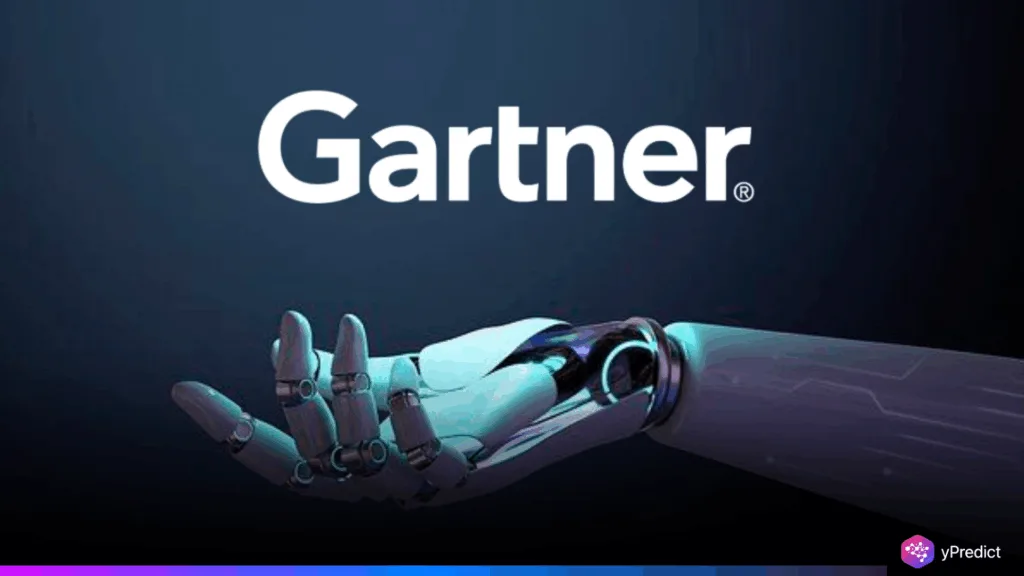
Gartner estimates that by 2027, over 40% of agentic AI projects will probably be abandoned. The research firm blames high costs, uncertain benefits, and risk concerns. However, tech giants like Oracle and Salesforce are placing large bets on AI agents. Many ongoing initiatives, frequently driven by hype, are immature or still in their infancy. Thus, the emphasis is now moving from hype to real business value due to the rapid evolution of automation technology.
Why Do So Many Agentic AI Projects Struggle to Scale?
According to Gartner senior director analyst Anushree Verma, a lot of agentic AI initiatives are still experiments. Frequently, excitement drives these more than value. Additionally, vendors are contributing to the confusion by rebranding older tools. Tools like chatbots and RPA are agentic; this is referred to as “agent washing.” Despite thousands of vendors entering the market, Gartner estimates that only about 130 vendors worldwide provide true agentic capabilities.
The January 2025 Gartner poll showed limited enterprise confidence. Only 19% had strong AI investments, 42% were cautious, and 8% had none. The remaining 31% were undecided or waiting. Verma believes this hype prevents firms from seeing the cost and complexity of scaling AI agents. As a result, many projects stall before reaching production.
Separating Real Agentic AI from Clever Marketing Tricks
Big tech companies like Salesforce and Oracle are advancing agentic AI initiatives to increase productivity and reduce costs. These AI agents go beyond scripted tools and can act on their own to accomplish business objectives. This represents a change in automation technology, according to Gartner, with more dynamic capabilities.
However, Gartner warns that most current AI models lack the agency and depth to execute complex tasks over time. Numerous tools with an agentic brand don’t solve business issues or provide a real return on investment. This frequently causes misunderstandings about when these solutions are actually beneficial.
Gartner advises concentrating on use cases with obvious returns to succeed. Furthermore, it is costly and challenging to integrate agentic agents into outdated systems. Workflows should be redesigned from the ground up to accommodate the technology. By doing this, the full potential of automation technology is guaranteed.
Can Agentic AI Truly Change How Enterprises Work?
Gartner believes that the emergence of agentic AI projects holds promise, despite initial setbacks. By 2028, 15% of all daily work decisions will be made autonomously, up from 0% in 2024. Furthermore, within the next three years, agentic AI is anticipated to be incorporated into one-third of all enterprise software.
For significant outcomes, businesses should prioritize enterprise-wide value over task-based bots. Verma suggests using assistants for simple tasks, automation for routine tasks, and AI agents for decision-making. The objective is to enhance results in terms of cost, speed, quality, and scale.
Gartner advises businesses to reconsider their investments in AI. Instead of following trends, leaders should choose situations where the true value is obvious. Therefore, automation technology can boost productivity and yield long-term benefits when used properly.
Bottom Line
The majority of agentic AI projects today struggle with unclear goals and technological constraints. Success depends on cutting through the buzz, choosing the right use cases, and designing smartly for scale. Therefore, the next wave of AI has the potential to significantly increase enterprise productivity if used carefully and clearly. To make wise decisions, organizations need to invest in internal AI literacy. For long-term effects, AI initiatives must be matched with quantifiable business results.






